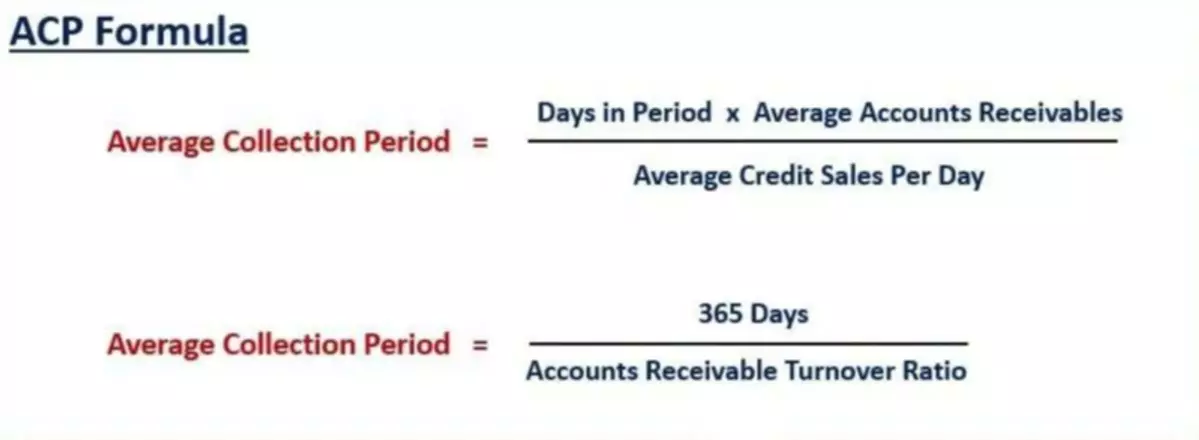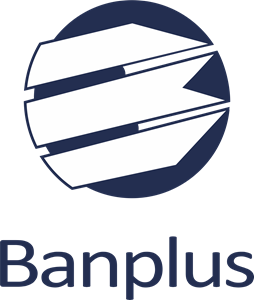Content

Higher ratios are less risky while lower ratios indicate credit risk. The EBIT figure noted in the numerator of the formula is an accounting calculation that does not necessarily relate to the amount of cash generated. Thus, the ratio could be excellent, but a business may not actually have any cash with which to pay its interest charges.
- The company would then have to either use cash on hand to make up the difference or borrow funds.
- Companies that generate regular earnings are more attractive to lenders.
- This calculates the number of times a company can pay up its interest charges before the deductions of tax.
- Is not authorised by the Dutch Central Bank to process payments or issue e-money.
- Depending on the company, its history and its industry, the lender will use this ratio to help them decide whether or not to lend the company money.
- In some respects the times interest ratio is considered a solvency ratio because it measures a firm’s ability to make interest and debt service payments.
The reverse situation can also be true, where the ratio is quite low, even though a borrower actually has significant positive cash flows. In an article, LeaseQuery, a software company that automates ASC 842 GAAP lease accounting, explains lease interest expense calculation, classification, and reporting. According to LeaseQuery, financial leases have interest expense but it’s not considered an operating expense, and, therefore, not included in the calculation of EBITDA . And companies report interest expense related to operating leases as part of lease expense rather than as interest expense. A leverage ratio is any one of several financial measurements that look at how much capital comes in the form of debt, or that assesses the ability of a company to meet financial obligations.
Times Interest Earned – Explained
The higher the times interest earned ratio, the more likely the company can pay interest on its debts. The times interest earned ratio is a measure of a company’s ability to meet its debt obligations based on its current income. The formula for a company’s TIE number is earnings before interest and taxes divided by the total interest payable on bonds and other debt. The times interest earned ratio, sometimes times interest earned ratio called the interest coverage ratio or fixed-charge coverage, is another debt ratio that measures the long-term solvency of a business. It measures the proportionate amount of income that can be used to meet interest and debt service expenses (e.g., bonds and contractual debt) now and in the future. It is commonly used to determine whether a prospective borrower can afford to take on any additional debt.
This means that the company will not be able to service the loan at all. The company will have to find another source for capital or avail debt at a significantly lower cost of debt. It denotes the organization’s profit from business operations while excluding all taxes and costs of capital. EBITEarnings before interest and tax refers to the company’s operating profit that is acquired after deducting all the expenses except the interest and tax expenses from the revenue.
Business Development
For sustained growth for the long term, businesses must reinvest in the company. All accounting ratios require accurate financial statements, which is why using accounting software is the recommended method for managing your business finances. When the times interest ratio is less than 1, it means the interest expense is more than the company’s earnings before tax. When the TIE ratio is 1, the company can barely repay the debt without any cash remaining for tax and other expenses. The company’s position is deemed better as the number climbs above 1. Imagine a company with an EBITDA of $2M servicing a debt of $10M at 10% cost. Taking debt at the same cost of 10%, the TIE ratio becomes 0.66 with the same EBITDA.
It’s important for investors because it indicates how many times a company can pay its interest charges using its pretax earnings. InsolvencyInsolvency is when the company fails to fulfill its financial obligations like debt repayment or inability to pay off the current liabilities. Such financial distress usually occurs when the entity runs into a loss or cannot generate sufficient cash flow. A TIE ratio of 2.5 means that EBIT, a company’s operating earnings before interest and income taxes, is two and one-half times the amount of its interest expense. The interpretation is that the company is within its debt capacity with a low risk of not paying interest on its debt.
Additional Resources
It is a good situation due to the company’s increased capacity to pay the interests. We shall add sales and other income and deduct everything else except for interest expenses. We can see the TIE ratio for Company A increases from 4.0x to 6.0x by the end of Year 5. In contrast, https://www.bookstime.com/ for Company B, the TIE ratio declines from 3.2x to 0.6x in the same time horizon. Here, Company A is depicting an upside scenario where the operating profit is increasing while interest expense remains constant (i.e. straight-lined) throughout the projection period.
All have in-depth knowledge and experience in various aspects of payment scheme technology and the operating rules applicable to each. Is not authorised by the Dutch Central Bank to process payments or issue e-money.
Interest expense represents any debt payments that the company’s required to make to creditors during this same period. Like EBIT, this information will also be found on the income statement. To calculate TIE , use a multi-step income statement or general ledger to find EBIT and interest expense relating to debt financing. Divide EBIT by interest expense to determine how many times interest expense is covered by EBIT to assess the level of risk for making interest payments on debt financing. Higher TIE Ratio → The company likely has plenty of cash to service its interest payments and can continue to re-invest into its operations to generate consistent profits. If a company has a high TIE ratio, this signifies its creditworthiness as a borrower and the capacity to withstand underperformance due to the ample cushion provided by its cash flows. The times interest earned ratio compares the operating income of a company relative to the amount of interest expense due on its debt obligations.

Operating IncomeOperating Income, also known as EBIT or Recurring Profit, is an important yardstick of profit measurement and reflects the operating performance of the business. It doesn’t take into consideration non-operating gains or losses suffered by businesses, the impact of financial leverage, and tax factors. It is calculated as the difference between Gross Profit and Operating Expenses of the business. A high TIE means that a company likely has a lower probability of defaulting on its loans, making it a safer investment opportunity for debt providers. Conversely, a low TIE indicates that a company has a higher chance of defaulting, as it has less money available to dedicate to debt repayment. Low TIE Ratio → On the other hand, a lower times interest earned ratio means that the company has less room for error and could be at risk of defaulting. Companies with lower TIE ratios tend to have sub-par profit margins and/or have taken on more debt than their cash flows could handle.
The ratio indicates whether a company will be able to invest in growth after paying its debts. The times interest earned ratio , also known as the interest coverage ratio , is an important metric. A company’s ability to pay all interest expense on its debt obligations is likely when it has a high times interest earned ratio.
- As per the annual report of 2018, the company registered an operating income of $70.90 billion while incurring an interest expense of $3.24 billion during the period.
- This also makes it easier to find the earnings before interest and taxes or EBIT.
- If a company has a TIE ratio of 2.0, it means not only do they have enough EBIT to cover annual interest payments, but they also have an equal amount of excess EBIT.
- Debt service refers to the money that is required to cover the payment of interest and principal on a loan or other debt for a particular time period.
- For this reason, a bank or investor will consider several different metrics before providing funding.




